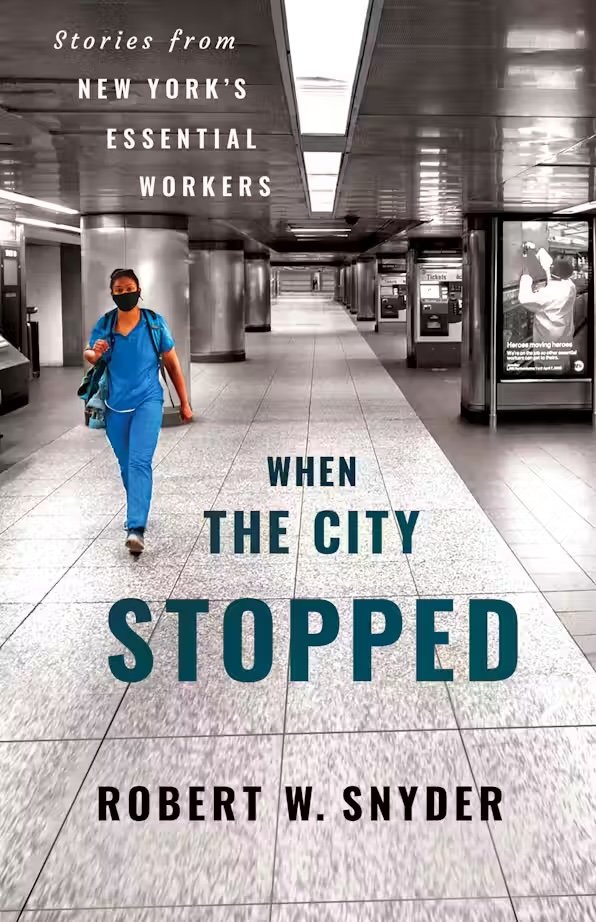
The Killing Fields of East New York: The First Subprime Mortgage Scandal, a White-Collar Crime Spree, and the Collapse of an American Neighborhood
In the early 1990s, murder rates in the Brooklyn neighborhood of East New York climbed to the highest in the city’s history. How did this once thriving, diverse, family enclave fall into such ruin? In this groundbreaking work of investigative journalism, Stacy Horn finds the answer in the subprime mortgage scandal of the 1970s. In response to redlining and discriminatory housing practices, Lyndon B. Johnson’s administration passed the Housing and Urban Development Act, ostensibly meant to help low-income families of color achieve homeownership. But they could never have predicted how banks, lenders, realtors, and corrupt FHA officials themselves would use the newly passed law to make victims of the very people they were supposed to help, and the devastation they would leave in their wake. The Killing Fields of East New York reveals how white-collar crime reduced a prospering neighborhood to abandoned buildings and empty lots, weaving a narrative of government failure with the downfall of a community and the largest series of mortgage fraud prosecutions in US history.











